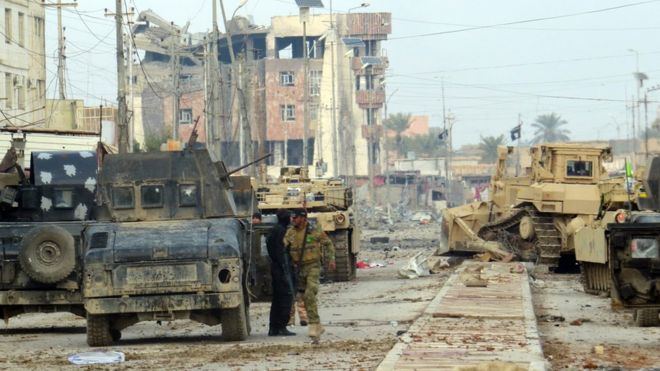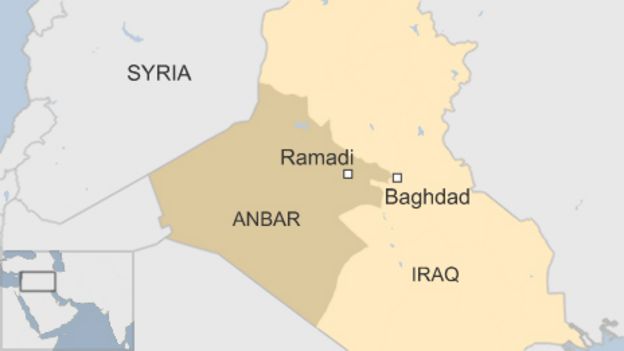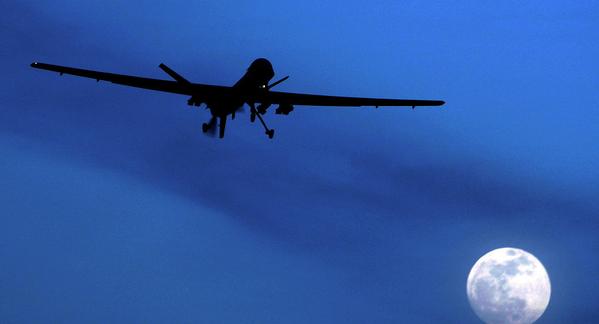All battlefield plans and operations for Islamic State have a religious and historical basis. The objective for 2016 Islamic State is Damascus.
ISIS Seeks To Usher In Isa’s — Or Jesus’s — Return At Damascus In Apocalyptic World War
InquisitR: ISIS is determined to resurrect an Islamic Caliphate. Abu Bakr Al-Baghdadi and his jihadist forces also have apocalyptic goals that transcend the typical tyrannical delusions of world domination. They have seized the opportunity afforded by the ongoing civil war in Syria to hasten the return of Isa (Jesus), as Jesus is referred to in Islamic literature. In the narrative of the Prophet Muhammad recorded in the Sahih Muslim Book 41, Hadith Number 7015 it states, “at this very time that Allah would send Christ, son of Mary, and he will descend at the white minaret in the eastern side of Damascus.” The minaret of Isa (Jesus) is located on the southeastern corner of the Umayyad Mosque in Damascus, Syria. The minaret of Isa (Jesus) is the tallest of the three minarets located at the Umayyad Mosque.
Referencing ISIL’s Islamic pedigree, Richard Lourie states, “At the same time, ISIL is the last gasp of the old dispensation.” The term dispensation is used as a reference to the idea of an age or epoch of time. Lourie aptly introduces this argument in an article that he entitled “ISIL Has Launched A World War,” written for Al Jazeera America.
One cannot help but ponder the almost prophetic words of Syria’s president, Bashar al-Assad, in a 2012 interview with Russia Today.
CHRISTIANITY FACING ELIMINATION BY ISIS APOCALYPSE WARNS ARCHBISHOP
“I think the price of this invasion, if it happened, is going to be more than the whole world can afford because if you have a problem in Syria, and we are the last stronghold of secularism and stability in the region and coexistence, let’s say, it will have a domino effect that will affect the world from the Atlantic to the Pacific and you know the implication on the rest of the world. I do not think the West is going in that direction, but if they do so, nobody can tell what is next.”
At this hour, all of the world’s powers have coalesced together for war in Syria. Even more hauntingly, Abu Bakr Al-Baghdadi recently released statements threatening to launch attacks inside of Israel. This is a provocative position for ISIS to undertake. It is, however, not a stance taken in a vacuum of aggression. Messianic madmen do not merely act; they are moved by apocalyptic grandeur. Reading Sahih Muslim Book 41, Hadith Number 7015, sheds further light on the true goals of Al-Baghdadi and his jihadi forces. In particular, the section that speaks of Isa (Jesus) that states, “He would then search for him (Dajjal) until he would catch hold of him at the gate of Ludd and would kill him.”Dajjal is a demonic anti-Christ figure that Isa (Jesus) comes to defeat along with the Mahdi during a cataclysmic cosmic war. The gate of Ludd is a reference to the contemporary city of Lod, Israel. Lod is the home of Israel’s world-famous Ben Gurion Airport.
These concepts and ideas may not mean much on the surface to western minds that are unfamiliar with narratives present in Islamic eschatology. However, it is imperative that the west realize that this is what drives the idea of ISIS establishing a new caliphate governed by sharia law. As Russia, China, the United States, Australia, Great Britain, countries throughout the middle east, and Africa get sucked into this conflict, it must be known that a world war has always been the goal of ISIS. They are not concerned with whether they achieve an overt victory, but instead aim to hasten the re-arrival of Isa (Jesus) in accordance with the narratives of Islamic apocalyptic prophecy.In 2016, the eyes of the world will rest a gazing stare upon Damascus. It will continue to be center stage in a struggle for the future of humanity.

![[Photo via Wikipedia]](https://cdn.inquisitr.com/wp-content/uploads/2016/01/Umayyad-Mosque-Panoramic-670x177.jpg)





